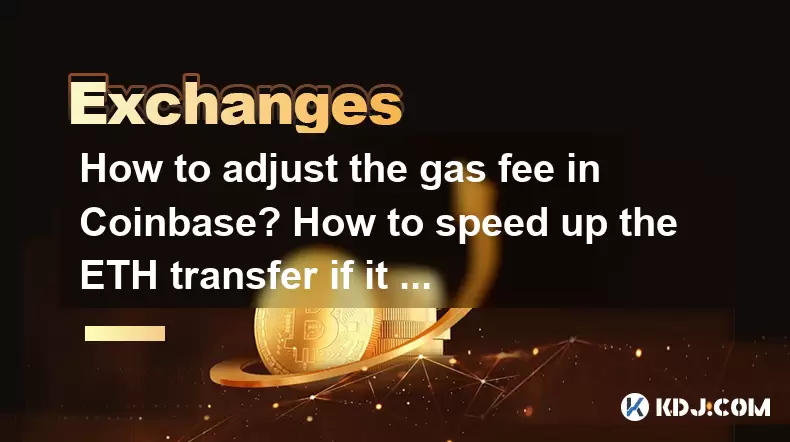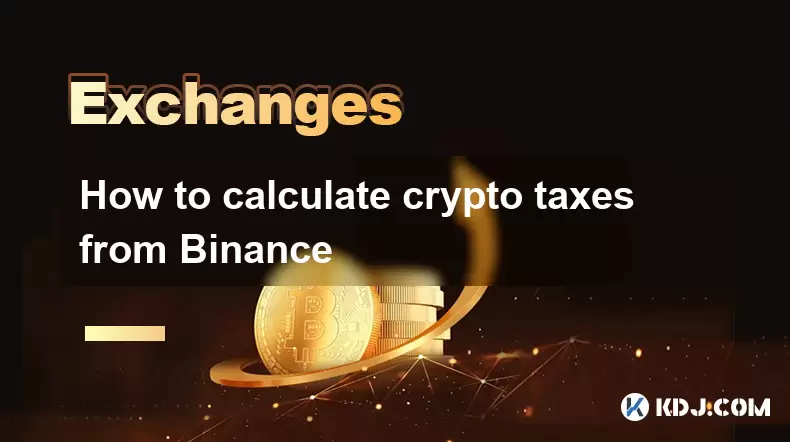-
 Bitcoin
Bitcoin $117500
2.15% -
 Ethereum
Ethereum $3911
6.19% -
 XRP
XRP $3.316
10.79% -
 Tether USDt
Tether USDt $1.000
0.01% -
 BNB
BNB $787.2
2.24% -
 Solana
Solana $175.2
4.15% -
 USDC
USDC $0.9999
0.00% -
 Dogecoin
Dogecoin $0.2225
8.40% -
 TRON
TRON $0.3383
0.28% -
 Cardano
Cardano $0.7868
6.02% -
 Stellar
Stellar $0.4382
9.34% -
 Hyperliquid
Hyperliquid $40.92
7.56% -
 Sui
Sui $3.764
7.63% -
 Chainlink
Chainlink $18.48
10.66% -
 Bitcoin Cash
Bitcoin Cash $582.1
1.88% -
 Hedera
Hedera $0.2601
6.30% -
 Avalanche
Avalanche $23.33
4.94% -
 Ethena USDe
Ethena USDe $1.001
0.02% -
 Litecoin
Litecoin $122.3
2.04% -
 UNUS SED LEO
UNUS SED LEO $8.969
-0.27% -
 Toncoin
Toncoin $3.339
0.86% -
 Shiba Inu
Shiba Inu $0.00001287
4.30% -
 Uniswap
Uniswap $10.43
7.38% -
 Polkadot
Polkadot $3.861
5.08% -
 Dai
Dai $1.000
0.02% -
 Bitget Token
Bitget Token $4.513
3.41% -
 Monero
Monero $267.7
-6.18% -
 Cronos
Cronos $0.1499
4.14% -
 Pepe
Pepe $0.00001110
5.15% -
 Aave
Aave $284.9
8.28%
How to adjust the gas fee in Coinbase? How to speed up the ETH transfer if it is too slow?
Adjust gas fees on Coinbase to prioritize ETH transactions; use 'Speed Up' if slow, and monitor via blockchain explorers like Etherscan for efficient transfers.
May 17, 2025 at 07:35 am

Adjusting the gas fee on Coinbase and speeding up Ethereum (ETH) transfers are crucial aspects of managing your cryptocurrency transactions efficiently. In this article, we will explore the detailed processes for both adjusting gas fees on Coinbase and accelerating ETH transfers when they are too slow.
Understanding Gas Fees on Coinbase
Gas fees are payments made to miners on the Ethereum network to process transactions. These fees can fluctuate based on network congestion and the urgency of the transaction. On Coinbase, users have the ability to adjust these fees to prioritize their transactions.
To adjust the gas fee on Coinbase, follow these steps:
- Log into your Coinbase account and navigate to the 'Send/Receive' section.
- Select the cryptocurrency you wish to send, in this case, Ethereum (ETH).
- Enter the recipient's address and the amount of ETH you want to send.
- Look for the 'Advanced Options' or 'Gas Fee' section. Coinbase typically provides three options: 'Low', 'Medium', and 'High'. The 'Low' option is the cheapest but slowest, while 'High' is the most expensive but fastest.
- Choose the appropriate gas fee level based on your urgency and budget. If you need the transaction to be processed quickly, select 'High'.
- Review the transaction details and confirm the transaction.
By adjusting the gas fee, you can influence the speed at which your transaction is processed on the Ethereum network.
Factors Affecting Gas Fees
Several factors can affect the gas fees on the Ethereum network:
- Network Congestion: During times of high demand, gas fees can spike as users compete to have their transactions processed more quickly.
- Transaction Complexity: More complex transactions, such as smart contract interactions, can require higher gas fees.
- Transaction Size: Larger transactions can also lead to higher gas fees.
Understanding these factors can help you make informed decisions when setting your gas fee on Coinbase.
How to Speed Up an ETH Transfer on Coinbase
If your ETH transfer on Coinbase is taking longer than expected, there are several steps you can take to speed it up:
- Check the Transaction Status: First, verify the status of your transaction on a blockchain explorer like Etherscan by entering your transaction hash.
- Adjust the Gas Fee: If the transaction is still pending, you can attempt to speed it up by increasing the gas fee. On Coinbase, you can do this by navigating to the 'Transactions' section, finding the pending transaction, and selecting the option to 'Speed Up' or 'Cancel and Replace' the transaction with a higher gas fee.
- Use a Gas Price Estimator: Tools like EthGasStation or GasNow can provide real-time gas price recommendations to help you set an appropriate fee.
- Consider Using a Different Wallet: If Coinbase's options are insufficient, you might consider transferring your ETH to another wallet that offers more granular control over gas fees, such as MetaMask.
By taking these steps, you can potentially accelerate your ETH transfer and ensure it is processed more quickly.
Monitoring Your ETH Transaction
Monitoring your ETH transaction is essential to ensure it is processed as expected. Here's how you can do it:
- Use a Blockchain Explorer: Enter your transaction hash into a blockchain explorer like Etherscan to track the progress of your transaction.
- Check Coinbase's Transaction History: Coinbase provides a transaction history section where you can see the status of your transactions.
- Set Up Notifications: Some blockchain explorers and wallets allow you to set up notifications for transaction confirmations, which can help you stay informed about your transaction's status.
Regularly monitoring your transaction can help you take timely action if there are any issues.
Troubleshooting Common Issues with ETH Transfers
Sometimes, despite adjusting the gas fee, ETH transfers can still face issues. Here are some common problems and their solutions:
- Transaction Stuck in Pending State: If your transaction remains pending for an extended period, you can try to speed it up by increasing the gas fee as mentioned earlier.
- Insufficient Gas: If your transaction fails due to insufficient gas, you will need to resubmit the transaction with a higher gas fee.
- Network Congestion: During peak times, you might need to wait longer or pay a higher gas fee to get your transaction processed.
By understanding these common issues, you can troubleshoot more effectively and ensure smoother ETH transfers.
FAQs
Q: Can I adjust the gas fee after the transaction has been sent on Coinbase?
A: No, once a transaction is sent on Coinbase, you cannot directly adjust the gas fee. However, you can attempt to speed up the transaction by using the 'Speed Up' or 'Cancel and Replace' option, which allows you to submit a new transaction with a higher gas fee.
Q: Is there a way to predict gas fee changes on the Ethereum network?
A: While it's challenging to predict gas fee changes with absolute certainty, tools like EthGasStation and GasNow provide real-time data and forecasts based on current network conditions, which can help you make more informed decisions about setting your gas fee.
Q: What should I do if my ETH transfer on Coinbase is taking too long and I can't adjust the gas fee?
A: If you can't adjust the gas fee directly on Coinbase, you can monitor the transaction on a blockchain explorer like Etherscan. If the transaction remains pending for too long, consider transferring your ETH to another wallet that offers more control over gas fees, such as MetaMask, where you can resubmit the transaction with a higher fee.
Q: Are there any risks associated with adjusting gas fees on Coinbase?
A: Adjusting gas fees can lead to higher transaction costs, especially if you choose the 'High' option. Additionally, if you set the fee too low during times of high network congestion, your transaction might take longer to process or fail altogether. Always consider the trade-off between cost and speed when adjusting gas fees.
Disclaimer:info@kdj.com
The information provided is not trading advice. kdj.com does not assume any responsibility for any investments made based on the information provided in this article. Cryptocurrencies are highly volatile and it is highly recommended that you invest with caution after thorough research!
If you believe that the content used on this website infringes your copyright, please contact us immediately (info@kdj.com) and we will delete it promptly.
- Tron's Sell-Off Spurs Altcoin Shift: What's Next for TRX?
- 2025-08-08 08:30:12
- RUVI Presale: Is the Growth Potential Real?
- 2025-08-08 09:10:12
- Sleep Token's US Takeover: Thornhill Rides the 'Even In Arcadia' Wave
- 2025-08-08 08:30:12
- FTT Token's Wild Ride: Creditor Repayments vs. Market Drop - A New Yorker's Take
- 2025-08-08 07:10:12
- Floki Crypto Price Prediction: Riding the Robinhood Rocket or Just a Meme?
- 2025-08-08 07:15:12
- EigenLayer, Restaking, and Ethereum: Navigating the Hype and the Hazards
- 2025-08-08 06:30:12
Related knowledge

How to use margin trading on Poloniex
Aug 08,2025 at 09:50am
Understanding Margin Trading on Poloniex

How to use advanced trading on Gemini
Aug 08,2025 at 04:07am
Understanding Advanced Trading on GeminiAdvanced trading on Gemini refers to a suite of tools and order types designed for experienced traders who wan...

How to deposit USD on Bitstamp
Aug 07,2025 at 05:18pm
Understanding Bitstamp and USD DepositsBitstamp is one of the longest-standing cryptocurrency exchanges in the industry, offering users the ability to...

How to use the Kraken Pro interface
Aug 08,2025 at 09:57am
Understanding the Kraken Pro Interface LayoutThe Kraken Pro interface is designed for both novice and experienced traders seeking a streamlined experi...

How to find my transaction ID on Gemini
Aug 08,2025 at 12:50am
Understanding the Transaction ID in Cryptocurrency ExchangesA transaction ID (TXID) is a unique alphanumeric string that identifies a specific transfe...

How to calculate crypto taxes from Binance
Aug 08,2025 at 07:56am
Understanding Cryptocurrency Taxation on BinanceCalculating crypto taxes from Binance requires a clear understanding of how tax authorities classify d...

How to use margin trading on Poloniex
Aug 08,2025 at 09:50am
Understanding Margin Trading on Poloniex

How to use advanced trading on Gemini
Aug 08,2025 at 04:07am
Understanding Advanced Trading on GeminiAdvanced trading on Gemini refers to a suite of tools and order types designed for experienced traders who wan...

How to deposit USD on Bitstamp
Aug 07,2025 at 05:18pm
Understanding Bitstamp and USD DepositsBitstamp is one of the longest-standing cryptocurrency exchanges in the industry, offering users the ability to...

How to use the Kraken Pro interface
Aug 08,2025 at 09:57am
Understanding the Kraken Pro Interface LayoutThe Kraken Pro interface is designed for both novice and experienced traders seeking a streamlined experi...

How to find my transaction ID on Gemini
Aug 08,2025 at 12:50am
Understanding the Transaction ID in Cryptocurrency ExchangesA transaction ID (TXID) is a unique alphanumeric string that identifies a specific transfe...

How to calculate crypto taxes from Binance
Aug 08,2025 at 07:56am
Understanding Cryptocurrency Taxation on BinanceCalculating crypto taxes from Binance requires a clear understanding of how tax authorities classify d...
See all articles

























































































